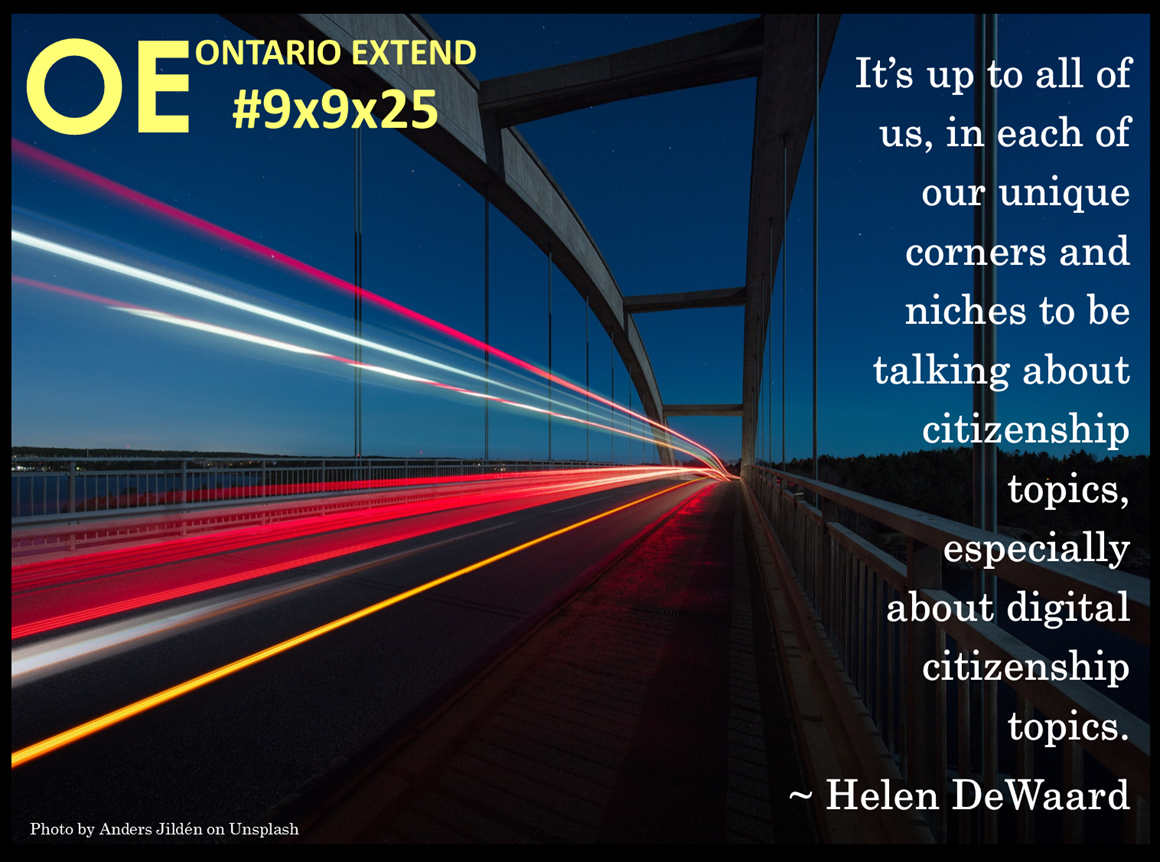I just going to say it, I love APA Style Blog. Seriously, if you teach writing, are learning writing, or if you write using APA, follow @APA_Style on Twitter.
APA is often a monster, a big boss if you will, that students feel they will never beat. My nickname in tutoring services is APA Lady. (I have another, the Dictator of Tutoring, but that is different post.) I have read literally hundreds of APA student papers, before and after submission. And I have seen students with good ideas give up on writing because of frustrations with APA.
I think part of that stems from our belief, as faculty, that APA are strict rules rather than guidelines. And because of this, we hold students to a too high standard of exactness. I was reminded of this today when checking out the APA Style Blog on referencing Art: “a good reference contains enough information to lead your reader to the source you used, as concisely as possible” (Hume-Pratuch, 2010, para. 2). That’s it. That is what a good reference is supposed to do and while there are guidelines, if the reference our students provide does that, we should accept it.
According to McAdoo (2010), “if the exact situation you’re looking for is not represented, don’t be afraid to create a Frankenreference” (para. 3). LOVE IT! The Frankenreference! Every APA reference has four parts – author, year, title, and publishing information. Those four parts help the reader find the document, and by document I mean what ever thing you used to gain the information be it a video, blog post, report, book, tweet, movie, webpage, article, etc., and the ability to review it as you did. Which is the point of the reference page: to help the reader find the sources you used so that if they are interested in more, they can gain from it too! Awesome, the point is to leave a path!
But too often, I believe we end up using APA as a stick that beats up developing writers who may not yet know that this report they used should be referenced as a book, listed as an electronic version or that this other source is really an online article and not a simple webpage as they have formated it. Did they give you enough information to find the source? If they did, use this as an opportunity for learning more about referencing and show them the other, perhaps more proper, way to reference but don’t take away one of their ten marks for APA. When students consistently receive one out of ten marks for APA, even after spending hours trying to get it right, it is demotivational. And, frankly in my opinion, deters them from the joy of writing, the meaning of referencing, and understanding of how you can follow another’s research to gain more information. I have had too many students in my office tell me that they are just giving up on APA because it is not worth it, that they will never get good marks on it anyways.
We know that the APA manual was not written for students – right? It is not learner friendly. I believe most content instructors don’t spend a lot of time teaching or reviewing APA with their students and that students are left to figure it out. If only that were possible. I have been doing the APA Lady thing for 10 years, and I still check the manual and APA Style website regularly. In fact, I had to look up how to reference a blog to make sure I did it right for this post.
Finally, all this emphasis on the proper referencing and citing of sources takes attention away from the other, perhaps even more important, part of APA: the style of writing. APA style is more than the rules and guidelines, it is a style of writing that is clear, concise and logical; that reduces bias with neutral language; and values an academic treatment of topics for better communication. APA guidelines were meant to help writers to present their findings through publication but I fear that how it is used with students who are developing writers is causing a level of frustration that causes them to stop trying.
Hume-Pratuch, J. (2010, April 10). There’s an art to it [Blog post]. Retrieved from https://blog.apastyle.org/apastyle/2010/04/theres-an-art-to-it.html
McAdoo, T. (2010, February 11). The frankenreference [Blog post]. Retrieved from https://blog.apastyle.org/apastyle/2010/02/the-frankenreference.html
Postscript: A final word on dates. All of my references for this article are more than five years old and would be rejected by some faculty as too old. The 6th version of the APA manual was released in 2009 and it is the current version. Therefore, APA Style Blog posts from 2010 about the 6th edition can be considered foundational sources and are valid in spite of their age. There is a lot of bad information online about APA and there are few sources I trust. There is no better place to go for advice online on APA then APA Style.











